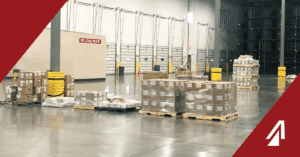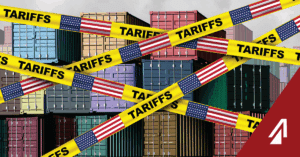On Dec. 18th, 2017 the electronic logging device (ELD) mandate went into effect causing trucking companies to switch their logging process. Trucking companies are now responsible for equipping their fleets with the logging devices that are in compliance with the Federal Motor Carrier Saftey Administration regulations. The mandate will not have any effect on the hours of service rules, which are currently set to allow drivers an 11 hour drive time in a 14 hour day, with 10 consecutive hours off. The mandate has been a major point of conversation and media coverage for past years due to the mix of opinions by regulators and trucking companies.
Citations have been issued since last December with increased enforcement efforts leading up to the final implementation deadline that arrived at the start of April. Companies already using a different version of the tracking technology, approved by the FMCSA, will be able to use their current systems until 2019. There are a few exceptions to the ELD rule that are specifically detailed out on the FMCSA website. By December 2019, all three phases of the ELD implantation will be completed and be put into full force on the roadways.
The range of approval is mixed within the logistics industry. Some smaller operations see it as a major setback while others are seeing it as an improvement. Some of the worries coming from the new mandate are the tight restrictions that will now be placed on drivers. The ELD systems are able to track engine start and stop times and don’t necessarily take into account any traffic delays or issues that would have otherwise not been included in the drive time.
The main effort behind the ELD mandate is making our roadways safer for the drivers and other motorists on the roads by reducing the chances of driver tiredness and fatigue. With the devices tracking the time logging, the FMCSA expects trucking related accidents to decrease and associated costs to fall. Some people believe putting the tighter time restrictions on the drivers will cause the opposite to happen by encouraging drivers to engage in reckless behaviors in order to make the needed delivery windows. Determining the effects of the mandate will take time for data to be collected and analyzed and with the new logging system, an inconsistent network can now aim to be more streamlined for reporting.
Find out what has been happening lately with the ELD mandate with these blogs “The ELD Mandate | An Update” and “New HOS Rules in the Works“


